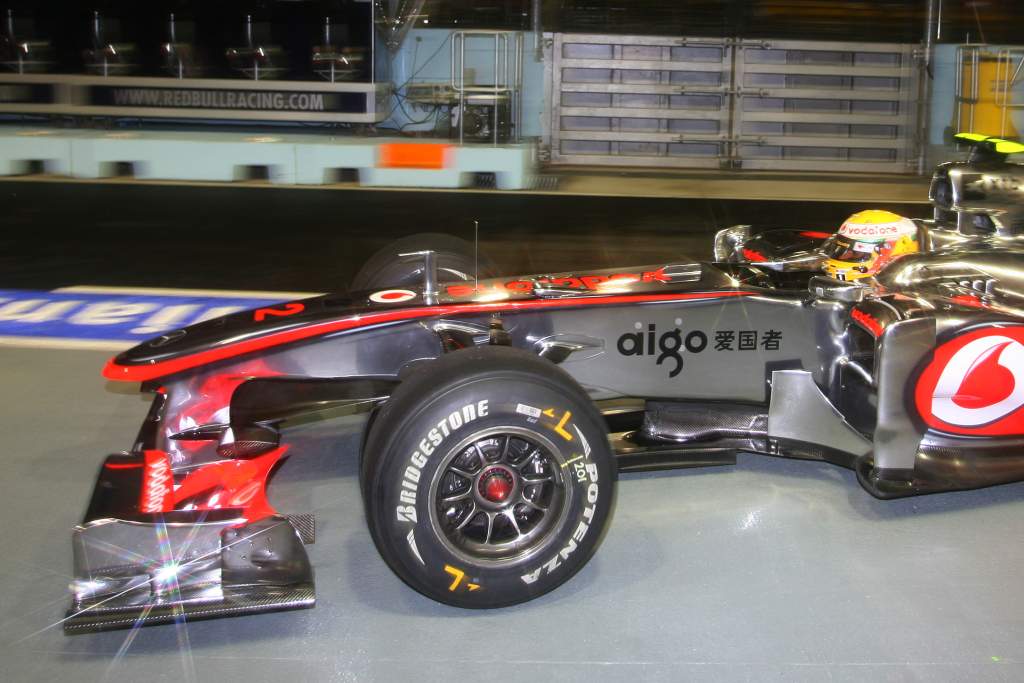Up Next

Bridgestone is reportedly making a serious effort to reclaim its status as Formula 1 tyre supplier at Pirelli’s expense.
Its bid is said to have strong backing from F1 drivers exasperated with Pirelli’s products, but would a change of supplier really solve the problem?
Here are our writers’ verdicts on the prospect of Bridgestone replacing Pirelli from 2025.
IS PIRELLI REALLY RESPONSIBLE FOR CURRENT PROBLEMS?
Mark Hughes
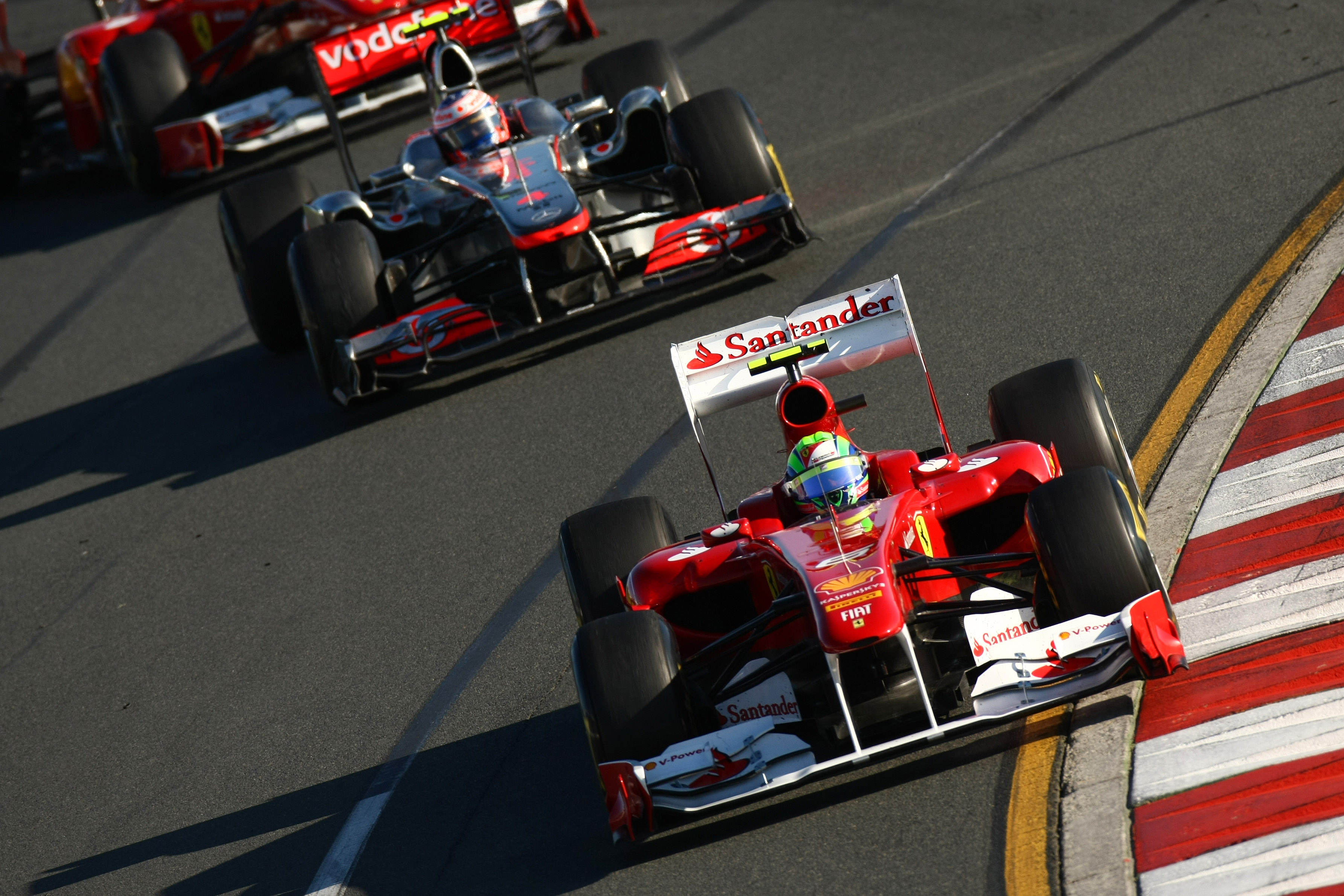
When Pirelli replaced Bridgestone as the control supplier in 2011, the era of thermal degradation-dominated F1 began.
There’s a crucial distinction between degradation and thermal degradation. The first is just the natural reduction in tyre performance with mileage, usually through the mechanism of wear. The latter is when the core of the tyre becomes so saturated with heat it can no longer retain the ability to resist the loads placed upon it through elasticity.
Why this is crucial is because of what it imposes on the driver. If it’s straightforward wear-dominated degradation, although the tyre is losing performance with mileage, it can still be driven more or less flat-out. But if it’s heat degradation, to prevent that getting into a runaway state, it needs to be driven a big chunk off the pace.
Control tyres in the Pirelli era have always featured thermal degradation – at most tracks, but not all. There is still a skill involved in driving the tyre on the edge of retaining its performance on the balancing point just before thermal runaway. But that point is typically whole seconds slower than how fast the car could be driven. Personally, I’ve never been comfortable with that.
Pirelli has become associated with this style of racing. But the prospect of Bridgestone returning wouldn’t necessarily mean F1 would return to flat-out races. When it was last in F1 the cars were 200kg lighter, around 60% less torquey and had substantially less downforce.
This – probably more than who actually makes the tyres – is likely to be the limitation to whether F1 cars can ever be raced flat-out again.
BRIDGESTONE FACES DIFFERENT CHALLENGES NOW
Edd Straw

It’s positive for F1 that there are two credible tyre companies tendering for the supply deal. Which prevails will depend on the fine detail of their submissions.
It’s easy to look back at Bridgestone’s products from 1997-2010 and assume it’s a foregone conclusion that it is technically superior to Pirelli. But while Bridgestone is a remarkable company and would certainly produce at the very least very worthy F1 tyres, it would be returning to F1 on a very different basis.
Bridgestone has never produced a spec tyre for F1. Yes, it was the sole supplier in 2007-2010 but this was technology developed in a tyre war carried over and evolved from there. This would be developed very differently, to specific targets and with far more constrained testing.
It’d also be dealing with cars that are significantly bigger and heavier and putting significantly greater loads through the tyres than was the case 15 years ago. Physics can’t be defeated so it’s not automatically the case Bridgestone will be able to reproduce the same style of durable, consistent, predictable tyres the drivers from that era usually loved. We can be confident they will be strong tyres within the bounds of what is possible, however.
None of this is an argument for or against Bridgestone or Pirelli. It’s simply recognising the situation is not as simple as comparing tyre characteristics from Bridgestone’ss F1 stint with the made-to-order characteristics Pirelli has been tasked with producing and delivered to mixed effect.
But this is Bridgestone, which doesn’t do things by halves, so you can be absolutely confident its proposal will be compelling and extremely credible. However, Pirelli offers continuity and should not be underestimated technically despite the endless criticisms of tyres it has tried to engineer on a very different basis to the tyre war-derived products that worked so well for Bridgestone.
Whichever way you look at it, that means F1 has two very good options.
F1 NEEDS TO AIM FOR TYRE COMPETITION AGAIN
Scott Mitchell-Malm
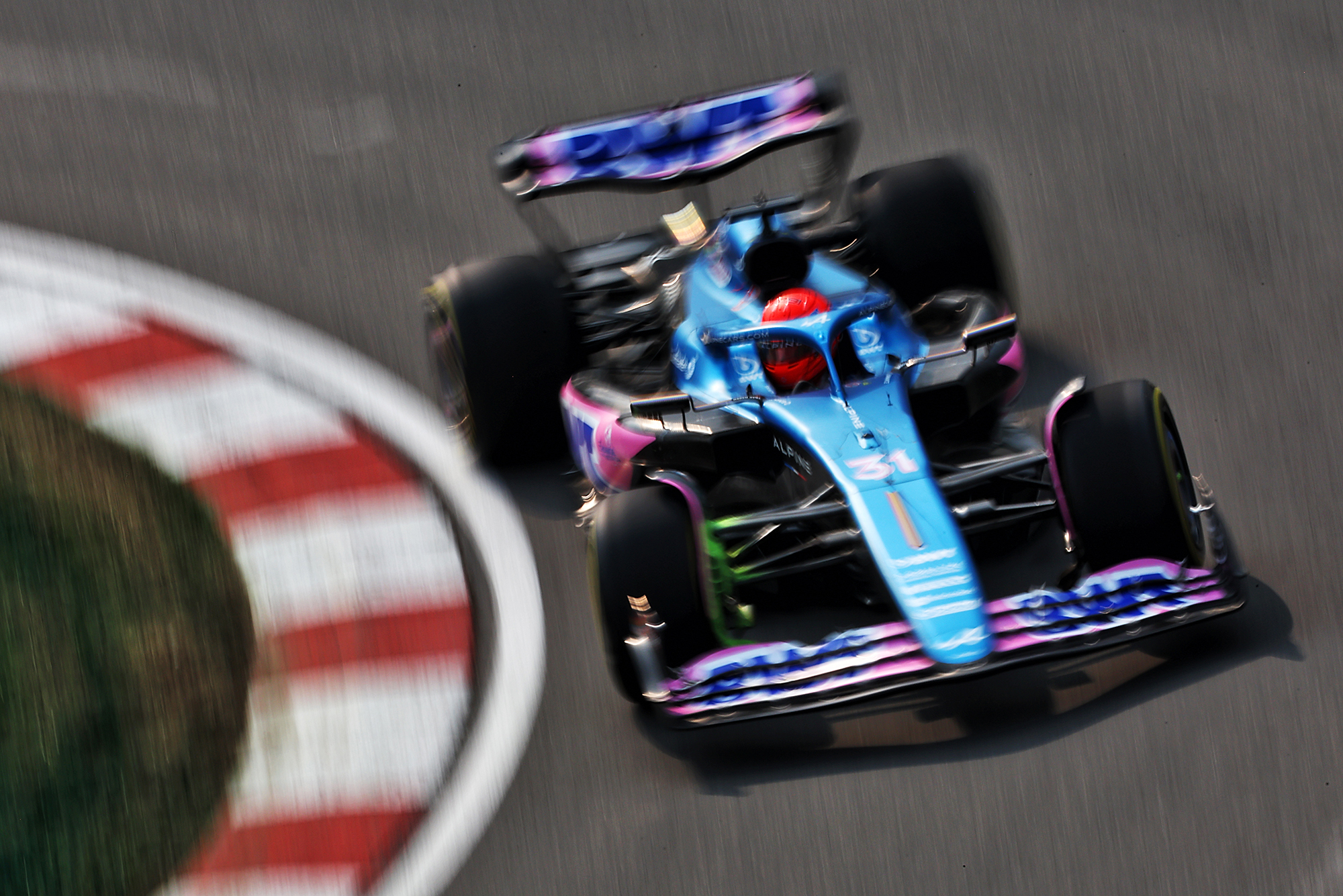
It’s only a good thing to hear of competition – proper competition – for the tender to be F1’s sole supplier. While I am sure Pirelli has been doing the best job possible, the ethos of F1 is to be better than everybody else. There is no greater motivation than rising to the challenge of the opponent.
That said, I’m not entirely convinced the sole tyre supplier model lends itself to choosing the best candidate purely on the basis of who would produce the best tyre.
That is not aimed at either Bridgestone or Pirelli in particular, simply a point that Tyre Manufacturer X will be chosen because it has a good technical capacity, puts in a lovely, high-value commercial bid to F1 and has a very friendly sustainability plan.
If it offers less money, and has a worse carbon footprint, then producing the best tyre (which is absolutely critical for F1, always has been, and always will be) feels like it risks becoming a second or even third order priority.
So, I would argue that it’s time to shun the single-supplier model and find a cost-effective, sustainable way to re-engage with multiple tyre manufacturers. Encourage sensibly-priced technological and sustainability competition to drive F1 forward – rather than letting anyone rest on their laurels or (one way or another) ‘buy’ the supply on other grounds than simply producing a tyre that F1 needs.
I’d prioritise that as the medium-/longer-term push and stick with Pirelli in the meantime as the single-supplier model is phased out.
HAVE F1’S REQUESTS BEEN A SHIELD FOR PIRELLI?
Glenn Freeman
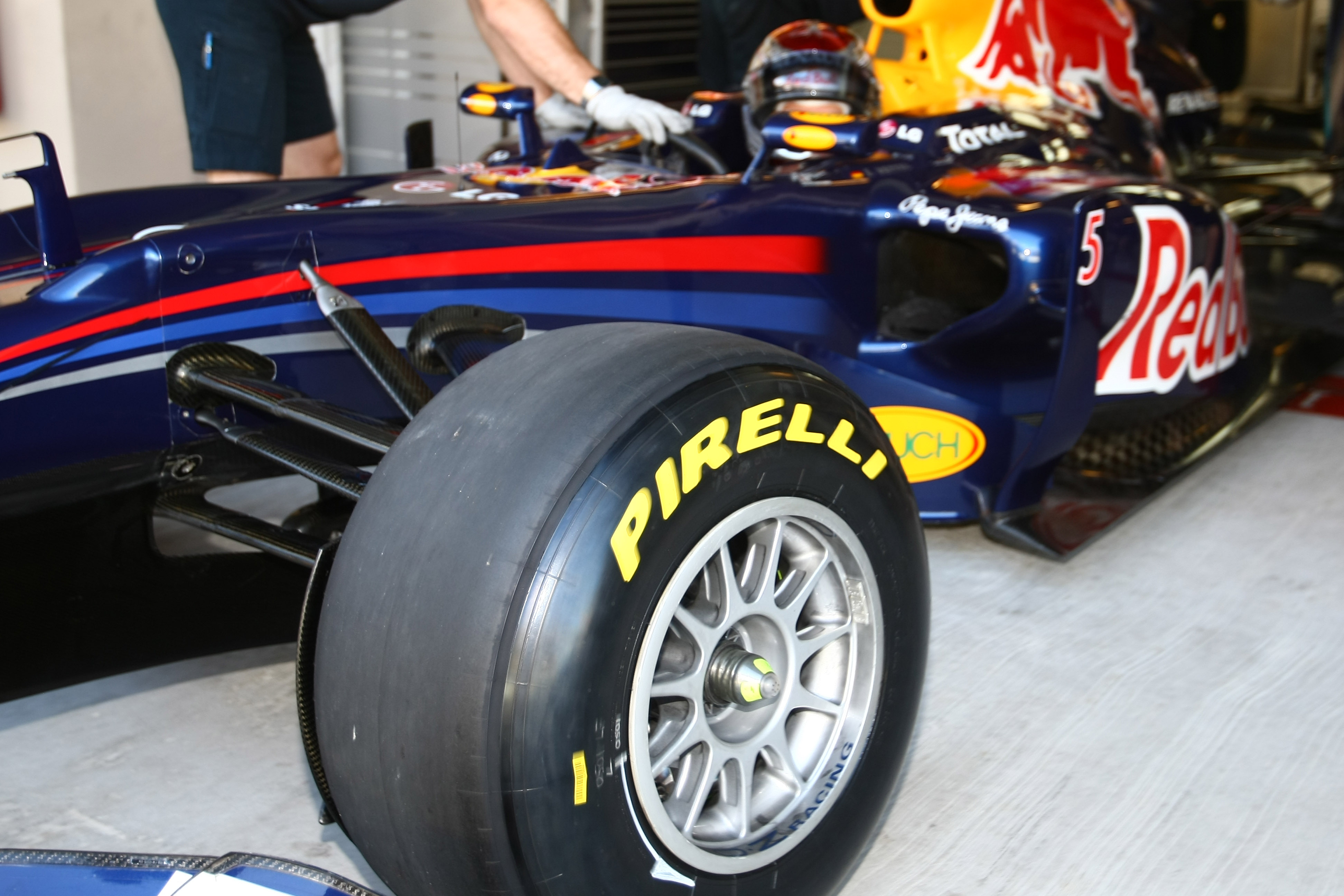
During a visit to Pirelli’s Turkish factory back in 2010, we were told by the company’s big chiefs that it wasn’t interested in intentionally making weak products that could damage its image.
There was talk that F1 had a desire to create more races like the degradation-affected 2010 Canadian Grand Prix, but Pirelli wasn’t up for it. It was coming into F1 to show how good its tyres were, and it didn’t want to take such a risk in year one anyway.
There’s every chance that F1 twisted Pirelli’s arm over the following months, and the tyres we’ve had for most of the last 12 years have always been because Pirelli is working to an unrealistic brief.
But I’ve always thought – since that first season in 2011 – that the requests from F1 have been a bit of a shield. Perhaps the initial fragile tyres of 2011 were all Pirelli could come up with at short notice, and perhaps the thermal degradation issues that it’s never appeared to get on top of are just a fundamental Pirelli weakness, rather than because it is working to a brief that results in these characteristics.
F1 needs to stop messing its tyre supplier about, whoever gets the gig. Then it’s up to that company to show us it can handle the demands of these cars.
PIRELLI DESERVES MORE CREDIT AND LESS HASSLE
Gary Anderson
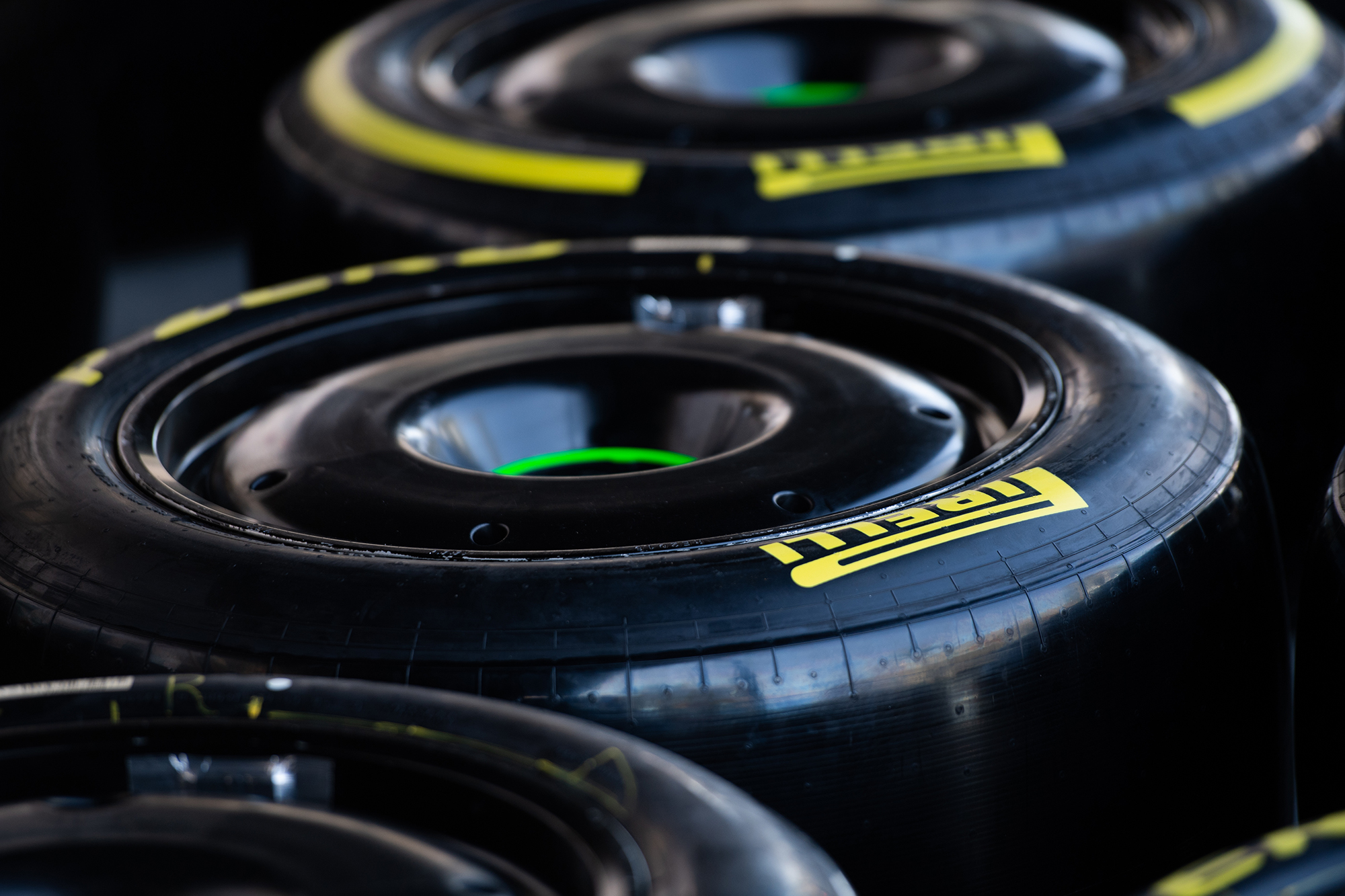
Over the years, I have been involved with most of the tyre companies that have been suppliers to F1 and a few others that haven’t, but it hasn’t been plain sailing for any of them. All have had problems and the drivers have always, and I mean always, had to drive within the tyres.
Pirelli came in as a sole tyre supplier to F1 when no other companies wanted to. Yes, it had some problems, and as always there were various reasons for those problems but it overcame them and stuck around through all the abuse it got.
One of its biggest problems was that it was requested by the FIA and F1 to make tyres with certain characteristics that would ‘improve the racing’ and that request is still in place.
Now it is in a situation where all it gets is the bad press about how the tyres are ‘not fit for purpose’. No team or driver ever comments on how appreciative they are that they actually have tyres on their cars.
As we know, Michelin has said that it is not interested in making tyres ‘for the show’. It would make tyres that would advertise its product without compromise. In other words, a tyre that could go from lights to flag without drop-off or degradation.
Now it’s Bridgestone’s turn to tender for the supply. The problems will probably be different but there will still be problems of some sort. The drivers won’t be able to just drive flat-out from lights to flag, the pace will always be a compromise and the drivers that can recognise that pace invisibly will benefit most.
TYRES STILL PUZZLE TEAMS – CHANGE WOULD BE HUGE CURVEBALL
Ben Anderson
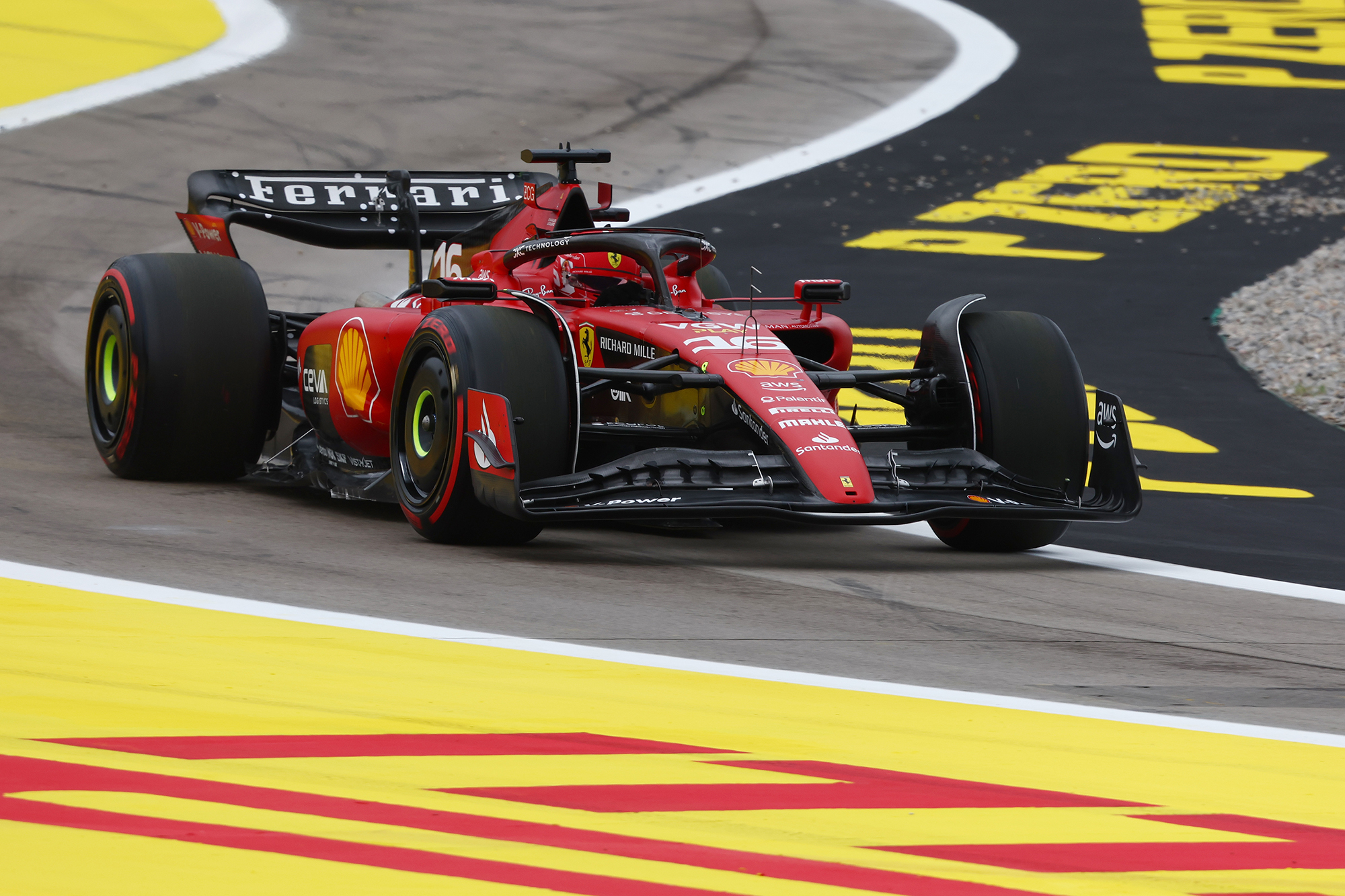
For all the vast amounts of data and brainpower F1 teams now count on, the tyres remain a variable even the biggest still struggle to crack reliably. Just look at Ferrari’s alarming race pace drop-off since last summer, Charles Leclerc’s still-perplexing Q1 exit in Spain, and how Mercedes can yo-yo from marginal points contender to best-of-the-rest based on a few degrees of ambient temperature and some cloud cover.
Pirelli has copped a lot of flack during its time as F1’s sole tyre supplier – some of it justified – but what it has done is create a tyre that consistently baffles the engineers and drivers, and which sometimes throws a much-needed variable into the competitive picture.
OK, it doesn’t matter so much when one team counts on a huge pace advantage and can afford to nurse the tyres constantly, but as the competitive spread narrows it becomes one of the more crucial performance differentiators – one that nobody gets right 100% of the time.
The teams have all built a huge bank of knowledge on how the Pirellis work, and although the tyres have been regularly modified over the past 13 seasons, confounding the teams in new ways, they still all know a significant amount about the general characteristics and how to attempt to extract optimum performance from them.
Regardless of any specific feelings on how well/poorly Pirelli has met the evolving challenge posed by F1 since it replaced Bridgestone in 2011, having Bridgestone return (should its 2025 tender be successful) would act as significant reset for all the teams – eliminating the relevance of all that hard-won Pirelli-specific knowledge, presenting a fresh challenge for the engineers, and (hopefully) creating more unpredictability as F1 enters its new manufacturer-centric era.

